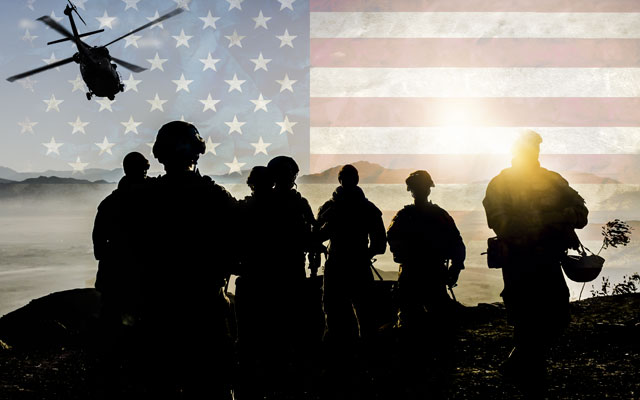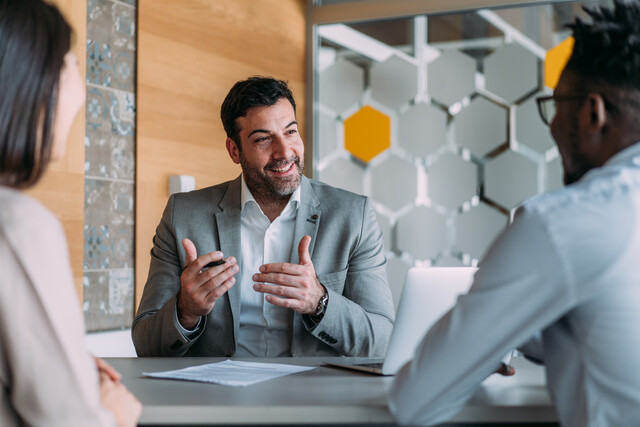American Heroes and Villains
Unmasking Legends: Heroes Who Shaped Us and Villains Who Dared

8 Hours average completion time
0.8 CEUs
14 Lessons
22 Exams & Assignments
294 Discussions
14 Videos
15 Reference Files
111 Articles
Mobile Friendly
Last Updated December 2025
America's Pantheon of Heroes and Villains
Every epoch has its marquee names that transcend the annals of history--individuals whose deeds, for better or worse, shape the contours of their nation's saga. The United States, with its rich tapestry of narratives, is no exception. From paragons of virtue to those who danced with their darker selves, the U.S. landscape is peppered with figures who have punctuated its story, leaving indelible marks. But what alchemy of fate, choices, and national zeitgeist elevates someone into the realm of household recognition?
Dive deep into "American Heroes and Villains" to embark on an illuminating journey, one that delves into the intricate interplay of personal choices and societal context. What distinguishes George Washington's statesmanship from Charles Manson's notoriety? How do individuals like Jesse James, a legendary outlaw, and Linus Pauling, a groundbreaking scientist, find themselves immortalized in America's collective psyche?
Our course is not merely a parade of biographies. Instead, it's an exploration, an excavation of the underlying currents that cast certain individuals into the spotlight. Beyond a mere recounting of their lives, we unravel the complex tapestry of historical, societal, and personal factors that enshrined them in the pantheon of American icons.
Through meticulously crafted modules, you will:
- Delve into captivating biographical overviews of America's luminaries and those who courted controversy.
- Engage in rich analyses, discerning what renders these individuals iconic in the vast tableau of American history.
- Understand the multifaceted criteria underpinning the rise (or fall) of these personas in the nation's consciousness.
As we navigate the nuanced terrains of heroism and infamy, this exciting course promises to be more than just a history lesson. It's an invitation to a deeper understanding of the American ethos and the myriad personalities that have sculpted it.
Join us, as we unveil the tales of those who've touched the very soul of America, weaving its narrative of greatness, grit, light, and shadow.
- Critical thinking on historical narratives
- Understanding societal context of fame and infamy
- Reflecting on national identity formation
- Interpreting complex biographical influences
- Examining historical influence on modern society
- Analyzing personal impacts on society
- Evaluating moral ambiguity in history
- Synthesizing historical trends and individual choices
- Recognizing diverse perspectives in history
-

American Government
-

Team Building 101
-

Microsoft Publisher Level 1
-

American History Review
-

Reiki Level 5
-

Tex Mex Cooking 101
-

Starting Your Own Cleaning Business
-

World Religions
-

Electronics 101
-

Lifelines of the Ocean: A Guide to Marine Wildlife Rescue
-

Self-Hypnosis Level 1
-

American Heroes and Villains
-

Become a Life Coach - Course Bundle
-

SEO Copywriting
-

Final Cut Pro X
-

SalesForce 101
-

Pursuing Happiness: Successful Strategies
-

ESL Grammar Skills Level 2
-

Candle Making
-

Diabetes 101
-

Beyond the Crust: The Heart and Soul of Bread Baking
-

Management Consultant 101
-

Writing Basics 101: Spelling, Grammar, Punctuation, Writing Structures
-

Google Docs